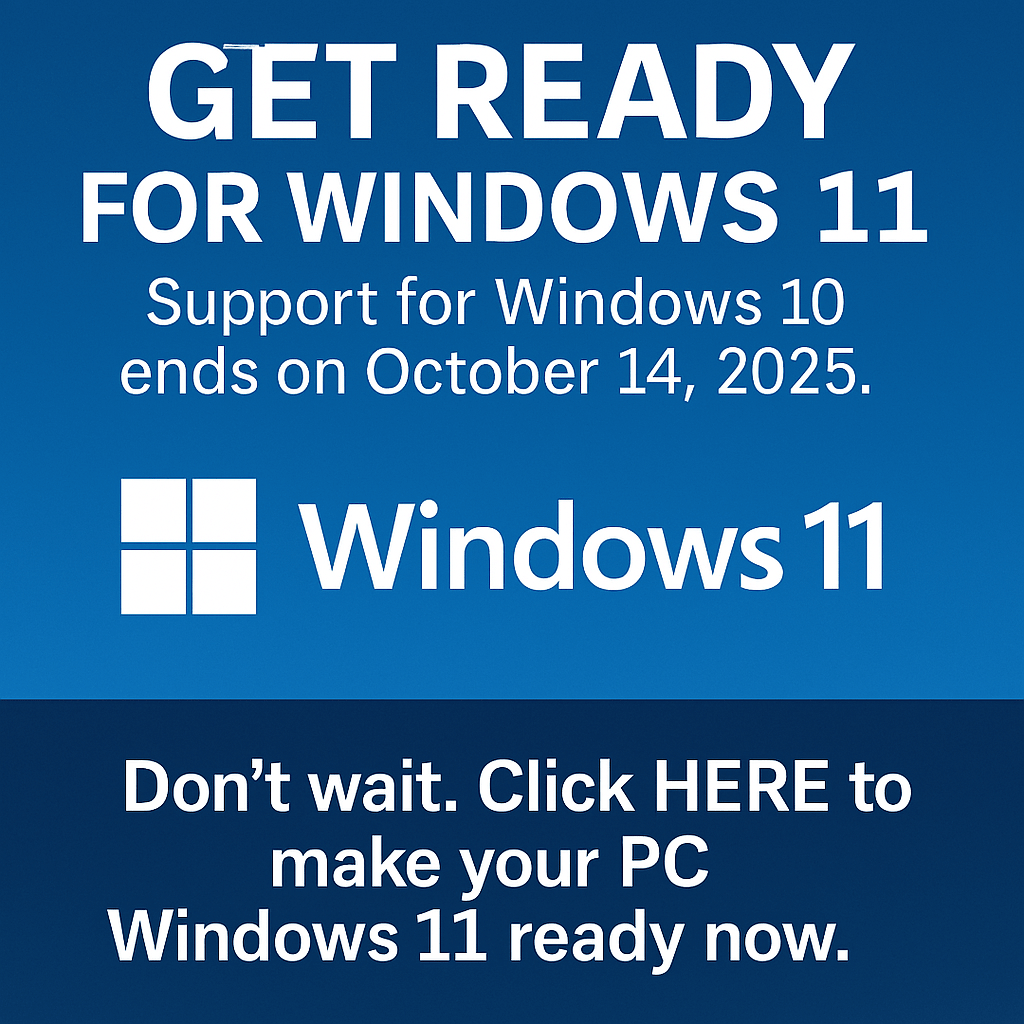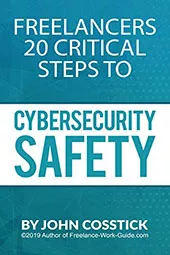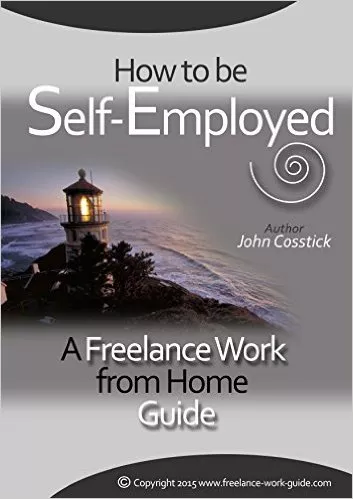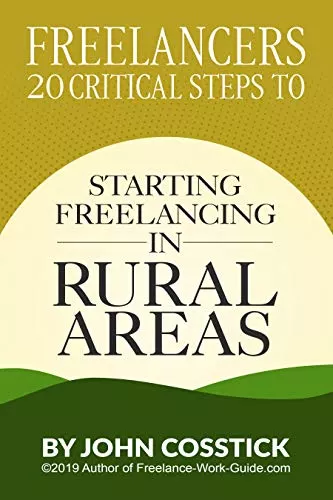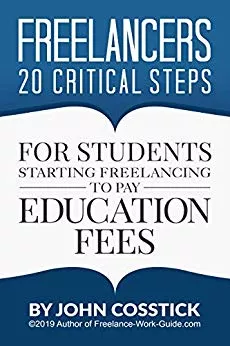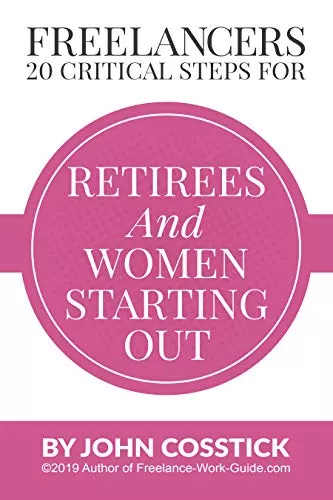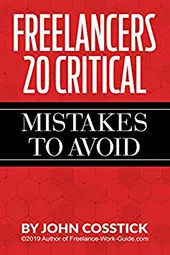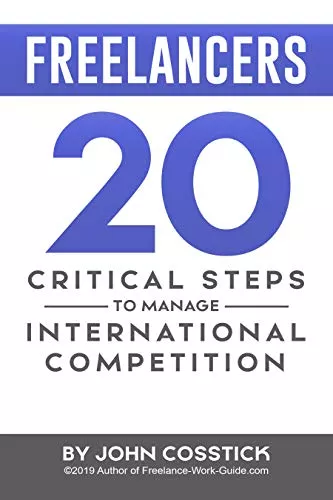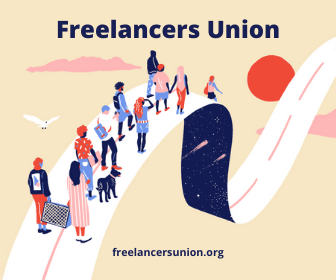
In a recent study of Upwork, it discovered that one out of three in the US workforce today have done freelance work at some point in their career. More and more Americans are seeing the possibility of doing freelancing permanently, which is not surprising when freelancers contributed to almost 1 trillion or around 5% of the GDP of the USA.
Freelancing is also most popular in Europe, where 35.5% of freelancers worldwide are located. Latin America comes next with 29.2% of the freelancer population, and Asians with 28%. Africa also has around 10.1% of the freelancer community based on the continent.
In the past decade alone, remote working increased to 115%, a growth ten times stronger than any kind of job today. A big chunk of those remote workers are freelancers.
In fact, 30% of Fortune 500 companies are now hiring freelancers through Upwork alone. They favour these so-called “slash workers” led by creatives, who have rewritten the freelancing landscape in the past three years.
Slash workers are those that specialise on at least 2-3 skills or talents. As a result, they are more flexible to adapt and excel despite the changing clientele and work demands.
What is Freelancing?
A freelancer is someone self-employed offering their services to one or more clients per project or task basis. Their commitment to a company is not long-term, and usually, they do not have any benefits from the company other than the agreed talent or service fee.
Freelancers can be independent contractors or moonlighters (those with regular, long-term jobs that take a second job or project in a more flexible work arrangement).
They can also be part-timers (those who have multiple or mixed jobs, both traditional and freelance), temporary workers, and freelance business owners.
But most freelance workers are artists, designers, and web developers hired for their specific expertise, for a fee, and a designated amount of time.
Some freelance workers sign contracts or agreements with their employers, but some do not. It puts a freelancer at risk because they do not have legal proof that their services were contracted by the client.
The client can simply change agreements made regarding tasks and talent fees or drop freelancers without pay. Sadly, this is not new in the world of freelancing.
How to Stay Productive as a Freelancers Working from Home
Because of the recent global pandemic, more workers turned to freelancing to survive a decrease in business sales or worse, loss of clients or jobs because of the lockdown.
No matter the circumstance why you are freelancing, here are some tips you can follow to stay productive and be known for excellence and professionalism in your niche:
1. Plan Ahead
If you are only figuring out what you need to do for the day as you go, then you are not planning right. You need to plan. It is the most crucial part of your productivity.
If you plan well, you will perform well. You will avoid missing tasks or deadlines. Being ahead reduces stress and risks for mistakes. When you are organized like so, you can keep a clear headspace, stay emotionally sound, and therefore perform better.
Your ideas remain fresh when you are not cramming to finish deliverables.
If you are a creator or artist, even more, you need to plan. You need to give enough time for yourself to conceptualize, create and deliver.
You even must give yourself leeway for those moments when creative juices are not flowing. Of course, freelancers usually do not have that luxury of spending too much time on a project, but as much as you can, get organized, so you do not run dry of creativity and passion for what you do.
Plot your meetings, projects, deliverables, and tasks leading up to those critical targets. Get productivity tools to help you be more systematic in the way you do things.
Planning also helps you assess risks and opportunities and be confident should you accept those risks. Taking risks can potentially expand your influence in the niche you belong to.
For example, before getting high-profile projects, assess if you have enough resources (in-house or outsourced) for every task and deliverable.
If you are a solo freelancer, the risk here can be in outsourcing where you are lacking. You need to be sure you are also getting quality freelancers who can help you deliver the product or service you promised. Planning will be even more crucial at this point.
You need to give yourself deadlines, as well as your outsourced team. The bulk falls on you, though, when it comes to the client. If you can deliver, you gain a high-quality client that will repeat business with you. If you fail, it can tarnish your reputation.
I learned this the hard way in one of my freelance projects. I delivered my end of the project, which is in production. But because I outsourced other creatives to complete post-production, I did not factor in that they might delay the project by submitting their work late.
At the end of the day, your clients will not be able to accept excuses, lapses in judgement, and errors in your work. You risk not getting paid or getting a bad reputation for not being able to deliver an excellent job at the right time.
So, stay proactive and prioritise planning. Preparation time is never wasted time.
2. Focus on your MITs (Most Important Tasks)
Now that you have planned and mapped out how your month, week, and the day would go, focus on the most important tasks or MITs. Tackle the hardest ones first that are also time-consuming.
You can also “eat your veggies first.” It means you deal with the unpopular portion of your productivity plate first. Get these tasks out of the way while your energy is high, and creativity is flowing.
Delaying on accomplishing these unpopular or complicated tasks can be detrimental to your productivity in the long run. If you push them towards the end of your to-do list, you tend to forget them, ignore them, or worse, skip them. If the “vegetable” of your project are the paper works, then it is something you cannot ignore.
To determine your MITs, check the gravity of a task, the duration in which it can get done, and the amount of resources needed to finish it. Once these MITs are accomplished, it will be much easier to accomplish other parts of the projects.
If you are also outsourcing other talents, your MITs should focus on collaboration tasks. Get them as early as you can in your project timeline, so you have time to follow up delayed work, and minimize costs of paying talent or service fees.
If collaboration can happen in the first week or two weeks of the project, do so. Every task that needs collaboration put it in your MIT list.
Then you can tackle those tasks you can work on your own, or with fewer people in the team. Remember that collaboration takes time, money, and effort. Maximize productivity and revenue by being more efficient in plotting tasks and keep to your schedule as much as you can.
You can also batch your tasks by grouping similar tasks with each other. For instance, if your project involves social media marketing you can group all social media related tasks (ads, postings, engagements, and the like) because these tasks can be done ahead or in bulk.
Posts can be scheduled in advance and plotted throughout the month. Blogging, graphic design, social media engagements, and the like can be completed ahead of time and appropriately scheduled.
It is doable to complete 4 blog articles, social media posts and images in a week. You can then focus on other marketing tasks the following week, or maybe backend maintenance on your site the next week.
You can also do creative tasks first two-three days of the week and do website maintenance for the last two days of the week. Sorting jobs like this help you accomplish more tasks at a time.
No matter how you do it, follow through your plans with a solid effort in putting your ideas into reality.
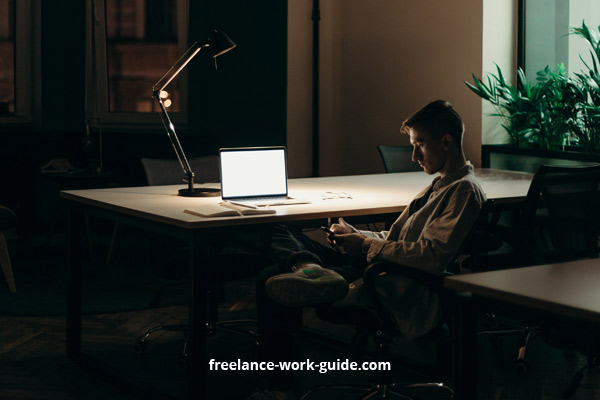
3. Be Consistent
There is a wrong notion that freelancers can do whatever they want with their time and work when they feel like working. It is untrue.
Research shows that freelance and remote workers are more productive than traditional workers. Freelancers also have less “free time” as they also tend to allot more time for work and take fewer vacation times.
So, freelancers need to be consistent. You are not an employee on a payroll that will get paid regardless of their performance that month. You are a freelance worker that gets paid for every project delivered.
If you intended to work from 7 am to 12 noon only, do that consistently. You must watch that you are not overextending yourself, so you have time for yourself, your family, and other things that matter too. Learn to disconnect, like take proper breaks, lunch on the same hour, and the like.
4. Avoid Getting Distracted
It is easier to avoid distractions if you are consistent. If you are working from 7 am to 12 noon, prepare your family’s breakfast at 6 am. Prepare your coffee or tea, your water, some snacks, and put it beside you to minimize taking those unnecessary trips to the kitchen that can lead to the TV area, or maybe chitchat with a neighbor gone too long.
During the pandemic, I know of a friend of mine abroad that had to work from home temporarily. She found it so hard to focus at work. She kept getting up for tea, and those trips to the kitchen led to cleaning sprees, and even short trips to the nearest convenience store to replenish supplies.
My constant challenge as a work-from-home parent is focusing on work while my kids are all about the living room. In the beginning, it was quite tricky especially when you are trying to finish something, but your kids need attention.
Of course, I had to put down work and attend to my children, because that is the reason why I worked from home—to be able to take care of them better. But I needed to set some ground rules with them eventually.
We had to set schedules that we need to keep as much as we can. We spend time together at significant times of the day. They still are all about me as I do my job, but they are also working on their homeschooling, so all of us are hard at work for a certain amount of time.
We turn everything off during scheduled breaks like lunch. Right after lunch, I ask them to take naps, and by the time they wake up, I am free from any work-related tasks.
So, yes, freelancing from home may be a bit of a challenge, but it is doable with some planning, organization, and consistency.
5. Reward Yourself and Take Time Off
You need to reward yourself too. You are not a robot or a machine. Your life should not just be about work or making money. You need to be able to make time during the day to exercise or having a peaceful moment of coffee.
You can do yoga in between tasks or treat yourself to get lunch outside (if you are not under lockdown, of course) or just breath some fresh air.
Sometimes, freelancers live as if work is all there is. It is not. You need to live a well-balanced life and stay healthy, physically, emotionally, and mentally.
Freelancing can be monotonous, and loneliness among freelancers and remote workers are rampant. But you can avoid this by taking some time for self-care. Come on. You deserve it for all the hard work that you do.
Conclusion: Freelancing Is Not Just a Fallback
Gone are the days when freelancing is merely a fallback during a career interim and the like. 94% of freelancers chose to freelance willingly. More than half of that decide to do freelancing long-term because of the security it brings them more than a traditional job can.
There are many perks to freelancing. Since more and more people are getting fascinated by this kind of work status, the competition is getting tougher. Even more that freelancers need to stay productive and keep improving to stay ahead of their league.
As a freelancer or remote worker, remember that you are your own boss. Set yourself up for success and not a failure. Be the most excellent freelance worker you can be, not for any client, but yourself.
It is time to enlarge your territory in freelancing, especially now that the need is higher as the world bounces back to her feet from the upending effects of the pandemic.
The benefits of hiring freelancers and remote workers outweigh the risks. In fact, Forbes forecasts that by the year 2030, freelance or flexible work will no more become an expectation.
The shift towards greater flexibility is not just benefiting younger generations either. It is having a significant impact on more experienced workers who need time to care for their families and themselves.”

